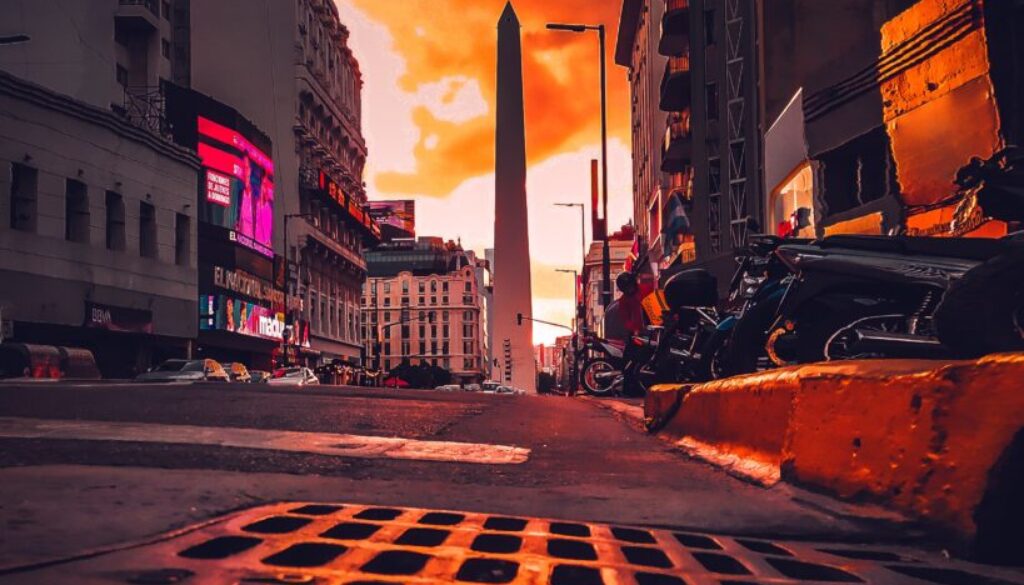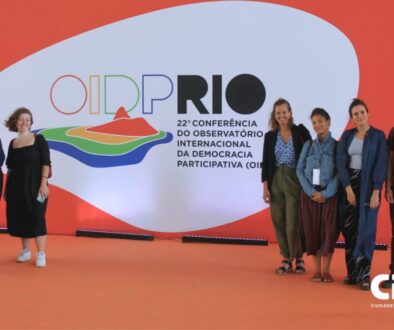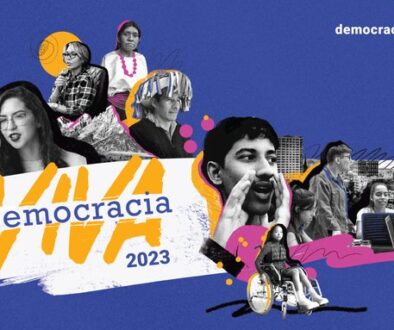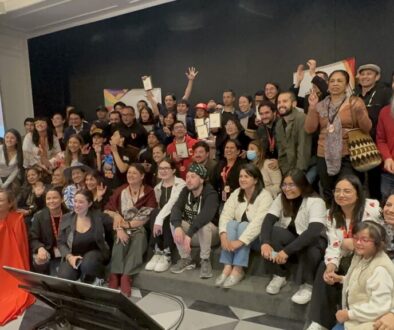The city as a framework of fears and desires
Getting your Trinity Audio player ready... |
We tend to define things by what they are not, comparing them with their opposites. In the case of cities, urban is defined in opposition to rural. This only reduces the complexity of cities. In the collective imagination, the urban is associated with all the vortex that makes the city: pollution, buildings, cement, manifestations, chaos. In the end, we reduce the urban to structures, waste collection systems and, if we are lucky, green spaces.
Italo Calvino offers a different conceptualization, somewhat less physical and more emotional: “Cities are a collection of many things: memories, desires, signs of a language; they are places of barter, as all economic history books explain, but these barters are not only of merchandise, they are also barters of words, of desires, of memories“. Thus, we take into account not only the activities that take place in them, but also the particular way in which citizens interact with each other. Because finally “Cities, like dreams, are built of desires and fears, although the thread of their discourse is secret, their rules absurd, their perspectives deceptive, and everything hides another” (The Invisible Cities).
So, cities are a web of precise and concrete events. I go out into the street and I can’t walk. I go to a concert in the square on Saturday. I look for my friend in the cab and suffer violence. In the streets we see a coming and going of small things that articulate with each other and become diverse complexities, difficult to represent in a single definition.
Although, in practice, the UN defines a city through the degree of urbanization, -a geographic area with a population of at least 50,000 inhabitants in densely populated contiguous areas (more than 1,500 inhabitants per square kilometer)-, it is essential to take into account all the components mentioned, since a city is much more than “the absence of physical distance between people” as Ed Glaeser offers. The city is beating, it is in constant transformation and from CILA we not only tell its citizens, but also their stories.
The trap of the cities
Urbanism comes to offer new forms of social inclusion, greater equality among people, better access to services, new opportunities, and progress. While these slogans are present in the world, particularly in the Global South, the reality is different, the trap of cities is that they are a source of inequality and social exclusion.
In Latin America, cities have been the product of people who migrated with the hope of a better future, without optimal urban planning, without plans to mitigate climate change and catastrophes, but with the ideal that the city would give them everything they needed. However, we know that the reality was not such.
Today, cities are home to more than half of humanity, and the world’s urban population is expected to grow from 56% in 2021 to almost 70% by mid-century, representing an additional 2.2 billion people congregated in cities, mainly in Africa and the Middle East (UN Habitat). Of the 883 million people living in slums – mainly in East and Southeast Asia – we would add more overcrowded people, with higher inequality gaps, in more polluted environments.
It is true that cities and metropolitan areas are powerhouses of economic growth, contributing about 60% of global GDP, but at what cost? They also account for about 70% of global carbon emissions and more than 60% of resource use. In the end, “the crisis of the too-big city is the flip side of the crisis of nature” (Italo Calvino, The Invisible Cities).
Is the answer still more urbanization? Perhaps a more efficient, inclusive urbanization that takes into account the will of the citizens. It is essential to have actors consciously involved in order to act collectively on spaces in an integral way. From how we want to inhabit them – working on the needs, pains and desires of the beneficiary community – to the use and sustainability of these spaces. Only in this way we can empower citizens to transform the present and improve the future.
Transforming cities for and from the South
Antonio Guterres, UN Secretary-General, says “cities are central to virtually every challenge we face, and are essential to building a more inclusive, sustainable and resilient future. But cities cannot do it alone. They need more coordinated support from all levels of government, stronger partnerships with the private sector and civil society, and greater fiscal and political space to bring solutions to scale.”
CILA is committed to networking and collaboration between members of cities from all sectors in order to transform the spaces of the South. We seek to generate a community to promote exchanges between members of civil society organizations, active citizens, local government officials and teams, representatives of international cooperation organizations, and any person interested in taking action in cities.
Through the generation of multi-stakeholder spaces, the margin of transformation of cities is enhanced, as we generate spaces of collective intelligence, making the city the object of all eyes. In the end, all these actors seek the same thing: to improve the reality of the neighborhood’s neighbors, to have a green space nearby, to feel safe when walking at night. The mundane, the small, the local is what we all want to transform.
Because, at the end of the day, tangible changes emerge from the local level. From the organized citizens, trying the collective to transform “the city of rage” through the tools of the south, and thus break the trap of the city. Active actors that revolutionize public space, appropriate it and generate the necessary social changes to achieve more open, democratic, inclusive and sustainable cities. Cities are complex, this is a fact. Therefore, the transformation must take place in an active mode.
By Trinidad Reynoso Castillo, Sr. CILA Analyst.




